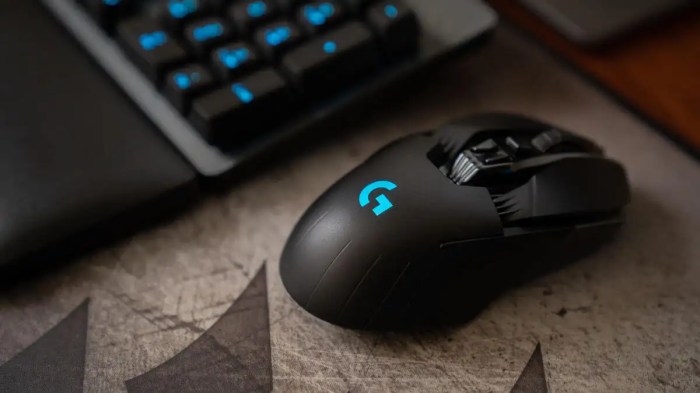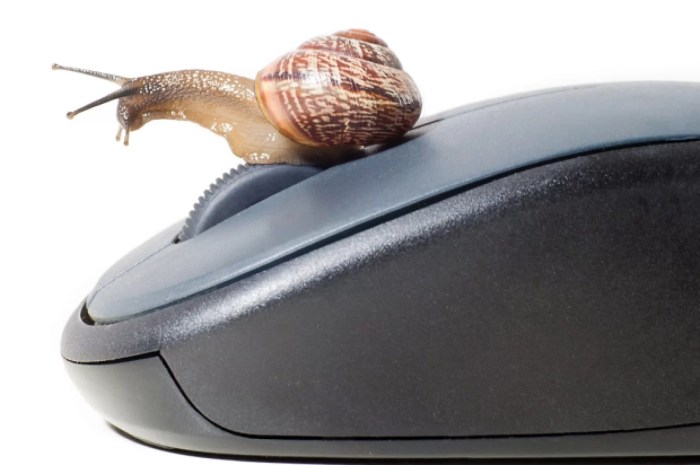Mouse slow to respond? Don’t let sluggish cursor movements hinder your productivity. This comprehensive guide delves into the intricacies of mouse responsiveness, exploring hardware issues, software conflicts, and more, empowering you to diagnose and resolve these frustrating delays.
From hardware troubleshooting to optimizing operating system settings and wireless connectivity, we cover all aspects that influence mouse performance. Whether you’re a seasoned tech enthusiast or a novice user, this guide will equip you with the knowledge and techniques to restore your mouse’s lightning-fast responsiveness.
Mouse Slow to Respond: Causes and Solutions

A sluggish mouse can be a frustrating experience, hindering productivity and gaming enjoyment. Various factors can contribute to this issue, ranging from hardware problems to software conflicts. Understanding the underlying causes and implementing effective solutions can restore your mouse’s responsiveness and enhance your user experience.
1. Hardware Issues, Mouse slow to respond
Physical problems with the mouse itself can lead to slow response times. Common hardware issues include:
- Dirty or clogged sensor:Dust, debris, or hair can accumulate on the mouse’s optical or laser sensor, interfering with its ability to track movement accurately.
- Faulty buttons or switches:Worn-out or damaged buttons or switches can cause intermittent or delayed responses.
- Damaged cable:A damaged cable can disrupt the connection between the mouse and the computer, leading to slow or erratic movement.
2. Software Conflicts
Software conflicts can also impact mouse responsiveness. Certain programs or drivers may interfere with the mouse’s functionality:
- Incompatible drivers:Outdated or incompatible mouse drivers can cause communication issues between the mouse and the operating system.
- Background programs:Resource-intensive programs running in the background can hog system resources, slowing down the mouse’s response.
- Malware:Malware infections can interfere with system processes, including mouse functionality.
3. Operating System Settings
Operating system settings can affect mouse responsiveness. Optimizing these settings can improve performance:
- Mouse acceleration:Disable mouse acceleration to prevent the mouse from moving faster as you move it quicker.
- Pointer speed:Adjust the pointer speed to find a balance between responsiveness and precision.
- Polling rate:Increase the polling rate to enhance mouse sensitivity and reduce latency.
4. Wireless Connectivity Issues
Wireless mice rely on a stable connection to the computer. Interruptions or interference can slow down response times:
- Low battery:A low battery can weaken the wireless signal, causing lag or disconnections.
- Wireless interference:Other wireless devices or electronic equipment can interfere with the mouse’s signal.
- Distance from receiver:The distance between the mouse and the receiver can affect signal strength.
FAQ Resource
Why is my mouse so slow?
Hardware issues, software conflicts, incorrect operating system settings, wireless connectivity problems, low battery power, or outdated mouse drivers can all contribute to a slow mouse.
How do I fix a slow mouse?
Troubleshooting hardware issues, resolving software conflicts, optimizing operating system settings, improving wireless connectivity, adjusting mouse sensitivity and DPI settings, choosing an appropriate mouse pad, managing battery life and power settings, and updating mouse drivers and firmware can all help improve mouse responsiveness.
What is DPI, and how does it affect mouse speed?
DPI (dots per inch) measures the sensitivity of a mouse. A higher DPI setting makes the mouse more sensitive, allowing it to move the cursor a greater distance with less physical movement. Adjusting DPI settings can optimize mouse responsiveness for different tasks and preferences.


